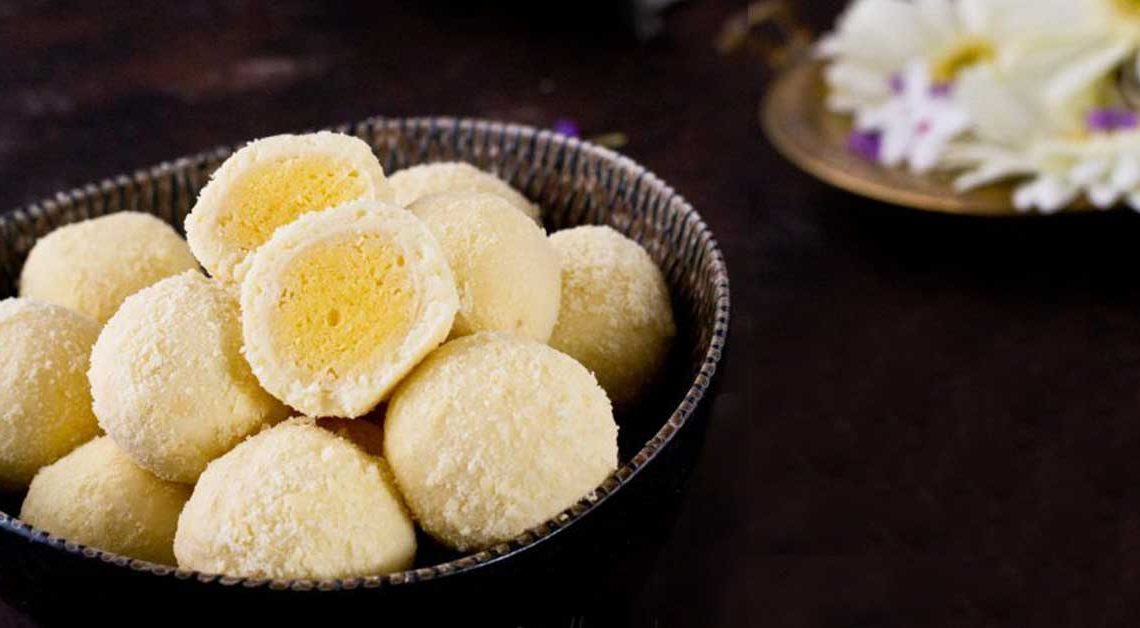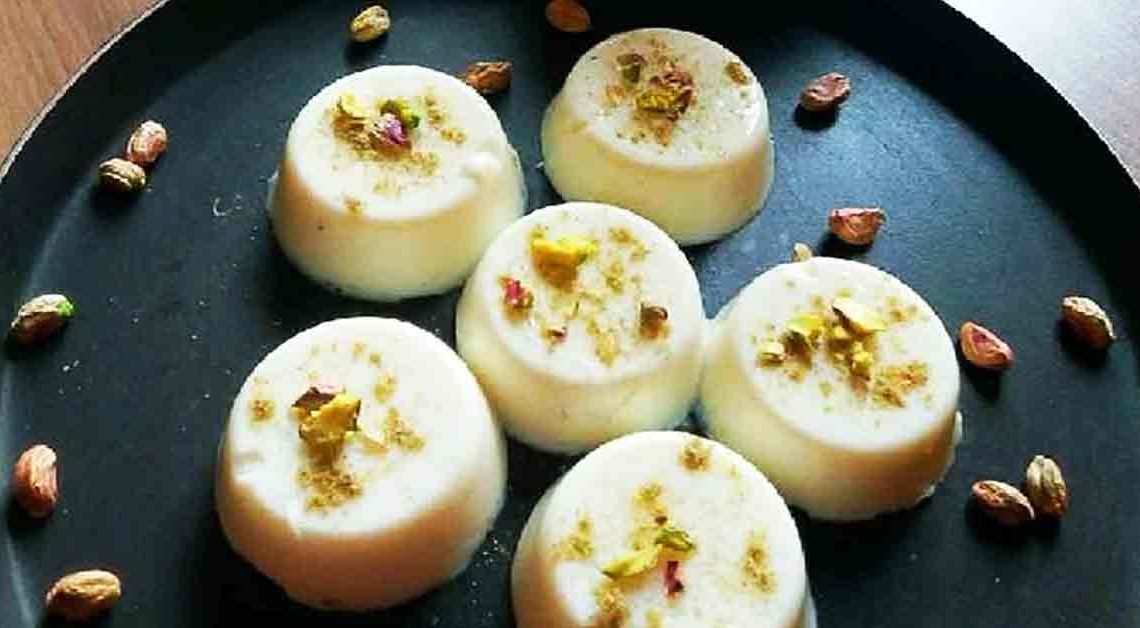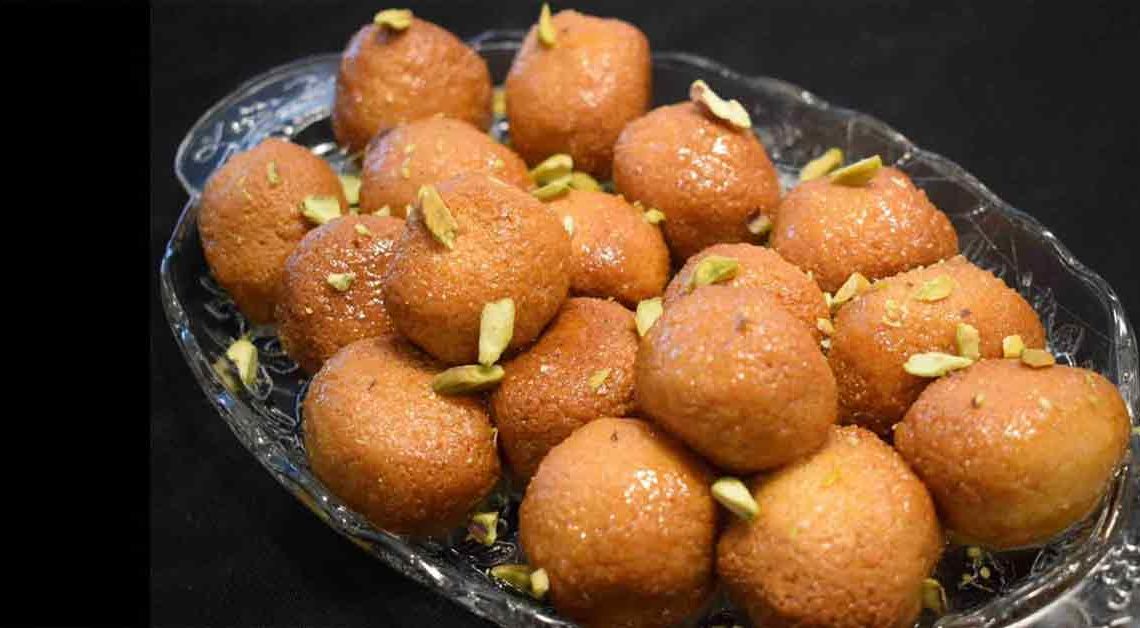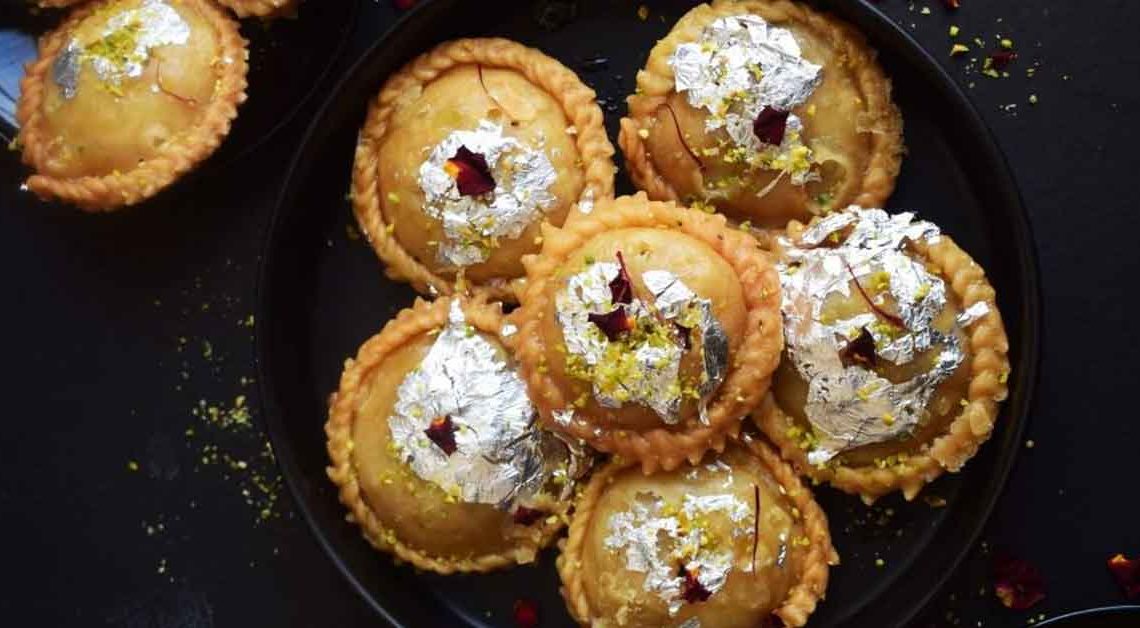The Raskadam Extravaganza

Welcome to Mithainama! a culinary adventure that promises to tantalize your taste buds and transport you to the heart of India’s rich and diverse food culture. Today, we embark on a mouthwatering journey to discover the delectable world of Raskadam, a beloved sweet treat that has been enchanting palates for generations.
Raskadam, a delightful confectionery, is a testament to the artistry and craftsmanship of Indian sweets. These small, golden nuggets of joy are a symphony of flavors, textures, and aromas that dance on your palate. Whether you’re a seasoned food enthusiast or a newbie eager to explore the wonders of Indian cuisine, it offers a gateway to a world of sweet pleasures.
So, join us on this delectable expedition as we savor, explore, and celebrate the enchanting world of Raskadam. Get ready to indulge your senses and awaken your culinary curiosity. Let’s embark on this sweet journey together!
Origin of Raskadam
Raskadam, a beloved Indian sweet, has its origins deeply rooted in the rich culinary heritage of India. It is believed to have originated in the northern regions of India, particularly in the state of Uttar Pradesh, which is renowned for its diverse and flavorful cuisine.
The exact historical timeline emergence is challenging to pinpoint, as it has evolved over generations. However, it can be traced back to the broader tradition of making syrup-soaked sweets in India, which dates back centuries. Sweets like Gulab Jamun, Jalebi, and Rasgulla share a similar heritage with Raskadam, as they all involve creating a syrupy delight using a combination of ingredients such as milk solids, sugar, and aromatic spices.
History of Raskadam
Raskadam, a delightful Indian sweet, boasts a history as rich and diverse as its flavors. Its roots can be traced back to ancient India, where the art of creating syrup-soaked sweets was already well-established.
The name “Raskadam” combines “Ras,” meaning sweet syrup, and “Kadam,” signifying small pieces or bites. This fusion reflects the essence of the dessert – small, succulent morsels immersed in delectable syrup.
Historically, the evolution was influenced by various dynasties and cultural exchanges across the Indian subcontinent. It was during the Mughal Empire‘s reign that this sweet took on new dimensions. Mughal emperors, known for their culinary refinement, introduced Persian and Central Asian influences, resulting in the creation of complex, aromatic syrups and the use of fragrant spices.
Cultural Significance
Raskadam holds a significant place in Indian culture, and its importance extends beyond being a delicious dessert. Here are some aspects of its cultural significance:
Festive Celebrations: It is a staple at various Indian festivals and celebrations. Whether it’s Diwali, Eid, Holi, Raksha Bandhan, or weddings, you’ll often find adorning the dessert tables. Its presence symbolizes sweetness, joy, and the auspiciousness of the occasion.
Rituals and Offerings: In Hindu culture, sweets are offered to deities during religious ceremonies and rituals. They are seen as a form of divine offering, symbolizing devotion and gratitude.
Symbol of Prosperity: Its sweetness is associated with prosperity and good fortune. It’s often included in gift boxes exchanged during festivals and special occasions to convey wishes for a sweet and prosperous life.
Where is Raskadam Famous?
Raskadam is famous throughout India and is enjoyed by people across the country. It is a popular sweet in both North and South India, as well as in other regions. Here are a few places where it is particularly renowned:
Uttar Pradesh: It is believed to have originated in Uttar Pradesh, so it holds a special place in the culinary culture of this northern Indian state. Cities like Agra, Kanpur, and Varanasi are known for their delicious dessert.
West Bengal: In West Bengal, a similar sweet known as “Pantua” is popular, which bears a resemblance to it. Pantua is particularly famous in Kolkata and other parts of West Bengal.
Rajasthan: In Rajasthan, it is often prepared during festivals and special occasions. It’s a beloved sweet in the state’s traditional cuisine.
Interesting Facts and Trivia
Raskadam is a fascinating Indian sweet with a rich history and cultural significance. Here are some interesting facts and trivia related to Raskadam:
- The Mughal emperors played a significant role in shaping the modern Raskadam. They introduced Persian and Central Asian influences, leading to the use of aromatic spices and complex syrup recipe preparation.
- It is known by different names and prepared with variations across India. In West Bengal, it’s known as “Pantua,” and in South India, it’s often referred to as “Gulab Jamun.”
- It derives characteristic sweetness and succulence from being soaked in sugar syrup flavored with cardamom, rose water, or saffron. The longer it soaks, the more flavorful and moist it becomes.
- In recent years, there has been a trend toward creating healthier versions of Raskadam, using alternative sweeteners, reduced-fat ingredients, and whole-grain flours.
- In some places in India, there are Raskadam-making competitions held during festivals or fairs. Participants showcase their culinary skills and creativity in crafting the perfect Raskadam.
Did You Know?
Raskadam, apart from being an indulgent treat, offers some surprising health benefits when consumed in moderation:
- The aromatic spices used in Raskadam, such as cardamom, can aid digestion and alleviate gastrointestinal discomfort. They help prevent bloating and promote a healthy gut.
- It is a source of carbohydrates and fats, providing a quick energy boost. It’s often enjoyed as a post-meal dessert to replenish energy levels.
- Some variations contain significant amounts of calcium from milk solids, contributing to improved bone strength and density.
- Saffron and rose water, commonly used to flavor the syrup in it, are rich in antioxidants. These compounds help combat oxidative stress and reduce the risk of chronic diseases.
- It contains small amounts of essential nutrients, including proteins, vitamins, and minerals, which can contribute to overall nutrition when consumed as part of a balanced diet.







